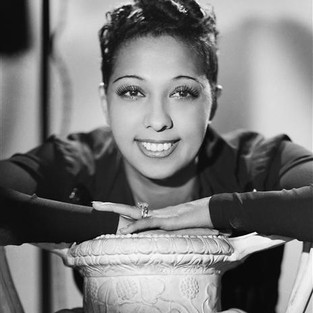- Mary Hazel

- Jun 11, 2020
- 1 min read
A tribute to the Black artists of the 19th century
I want to pay homage to the African American artists that truly faced discrimination and backlash for their works in the 19th century. Though many did gain widespread recognition across the globe, there were multiple restrictions and discriminatory limitations placed on them even after the Civil War. Though this is not necessarily a formal art movement like Impressionism or Baroque, this is profound in its cultural impact and what it means to American Art history as a whole.
The Civil War raged on from 1861 to 1865, affecting the lives of nearly everyone in America and resulted in 620,000 deaths. One of the topics that were up for heavy debate and battle was the right to own slaves.
This directly affected art-making in America with both White and Black artists highlighting such issues. However, from my research and from what I noticed, most of the African American artists who have created work during this time period were quite confined in their subjects - attempting to make a living while painting what was popular and "not controversial" during this period.
There is no distinct style or subject but simply a shared identity and struggle among the artists that will be highlighted this week. This is a topic that has not often been highlighted online so this will also be a learning journey for me as well.
And that's art.
Sidenote: Shoutout to our good friend and talented music producer @boybluebaby!


















